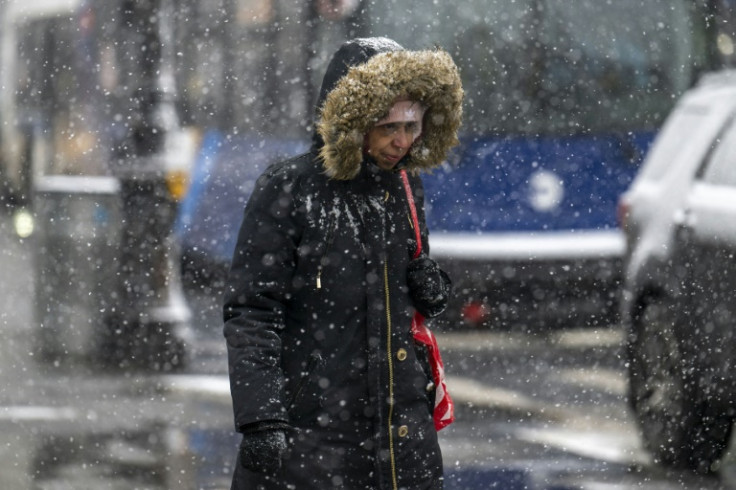
In the western United States, portions of California and Nevada have been hit by a tremendous blizzard.
Major roads have been closed by the snowstorm, and tens of thousands of homes are without power.
According to the National Weather Service, conditions would get better as winds lessened, but precipitation would soon return, bringing with it heavy snowfall in some places and rainfall in others, reported The Guardian.
On Saturday night, about 19,000 customers were without power, according to utility tracker PowerOutage.us. Pacific Gas & Electric reported on Saturday that 27,000 households and businesses were without power.
Dubravka Tomasin, a resident of Truckee, California, for more than a decade, told AP, "It's pretty harrowing."
Earlier, on Friday, California authorities shut down 100 miles of I-80, the main route between Reno and Sacramento, reported AP.
The storm started to make landfall in the area on Thursday. There is no estimate when the freeway would reopen from the California-Nevada border west of Reno to near Emigrant Gap, California. Palisades Tahoe, the largest resort on the north end of Tahoe and site of the 1960 winter Olympics, closed all chairlifts on Saturday due to snow, wind and low visibility.
A second, weaker storm was forecast to bring an additional 1 to 2 feet of snow in the region between Monday and Wednesday next week, according to the National Weather Service office in Sacramento.
By the weekend, up to 10 feet of snow are predicted to fall in the mountains surrounding Lake Tahoe, 3 to 6 feet in the lakeside communities, and more than a foot in the valleys along the eastern edge of the Sierra Nevada, including Reno.
Since it can be challenging to see even a few feet in the distance during a blizzard, officials are advising locals not to travel during the storm. Residents should prepare for near-zero visibility and whiteouts, according to officials.
Though Blizzards are particularly rare in California, the state is predicted to receive its highest amount of snowfall of the year due to the approaching weather.
The most recent drought in the state came to an end around 2016, and the rise in extreme weather conditions contributed to its recovery.







